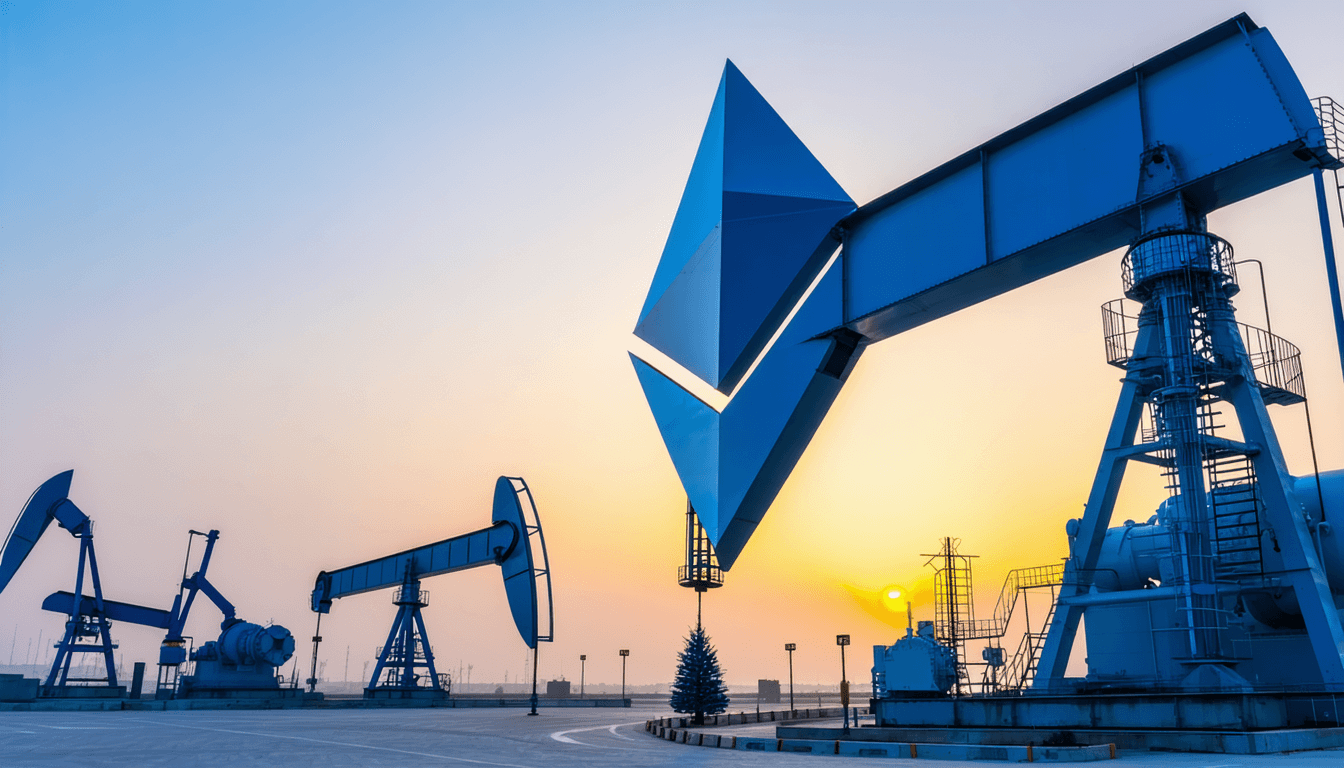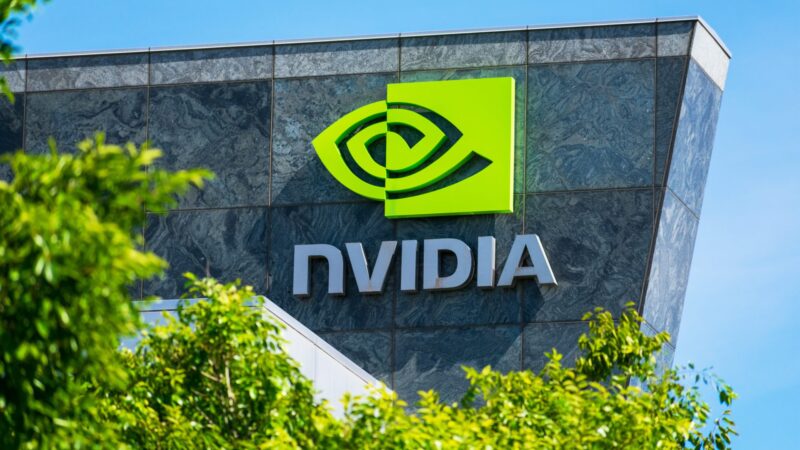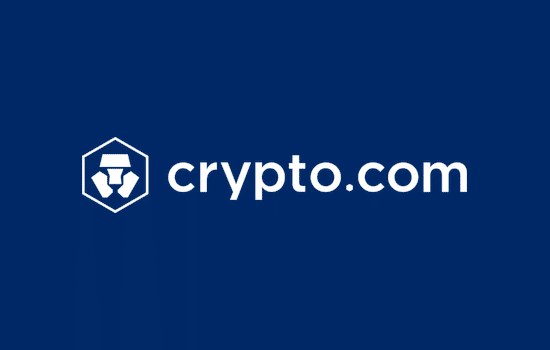Vitalik Buterin Pushes for Higher L1 Gas Limits Despite L2 Expansion

- Vitalik Buterin emphasizes the need for higher L1 gas limits.
- Censorship resistance and mass exits depend on affordable L1 transactions.
- Cross-L2 transfers and ERC20 issuance require lower gas costs for adoption.
Vitalik Buterin, Ethereum’s founder, recently gave insights into L1 gas limits. He asserts that higher limits remain crucial despite the ecosystem’s forthcoming L2 dominance model. According to Buterin, there are benefits to raising gas limits, even though the part from 30 million to 36 million represents a 20% boost.
According to Buterin, the continued emphasis on L2 solutions and rollups does not diminish the need for a strong foundation of L1. This is because sustaining censorship resistance and ensuring security with easy asset transfer between L2 platforms remains essential. The reliance on L2 solutions creates potential weaknesses in beefing up emergency exits, carrying out mass transactions, and interacting across rollup networks. The evolving Ethereum framework would benefit from higher L1 gas limits at ten times the current level, according to Buterin.
Censorship Resistance and the Importance of L1 Affordability
Higher L1 gas limits are vital to Buterin because they help protect Ethereum from censorship practices. Centralized sequencers and smaller validator sets that regulate L2 solutions make these solutions vulnerable to censorship. Ethereum’s base layer operates with extensive decentralization, which stops invalid transactions from being rejected without reason. The affordability of gas fees is essential for users to bypass censorship on L2s because it lets them submit transactions directly to L1.
Buterin has determined that Ethereum users need to spend $4.50 per transaction to bypass censorship through the network. The accessibility of this procedure, together with sustainability, requires an expansion of the L1 gas limit. This is done at least 4.5 times to decrease transaction costs to under $1. Users would maintain guaranteed access to Ethereum’s base layer through base layer operation following any L2 censorship attempt through this proposed increased L1 scaling limit.
In his evaluation, Buterin emphasizes the need for more affordable L2 network transactions. The growth of Ethereum through rollups requires users to exchange their assets between different L2 networks. ERCC-7683, alongside other intense protocols, grants market makers efficient ways to execute high-volume asset transfers. Low-volume assets, together with NFTs, require direct L1 transactions, and these transactions often prove to be expensive.
Each transfer operation from one L2 to another L2 network incurs a transaction fee of $13.87 during deposit and withdrawal transactions. Buterin predicts that transaction efficiency can reach $0.28 per transaction if systems are fully optimized. However, achieving this level of efficiency demands at least 5.5 times the expansion of L1 resources. The growing number of users requires Ethereum’s Level 1 network to deliver abundant capacity through affordable transaction costs.
L2 Mass Exits Depend on L1 Capacity
Rollups provide superior functionality to other L1 systems through their feature, allowing users to withdraw to Ethereum during L2 failure. The user must execute L1 withdrawals before an L2 sequencer stops operations and when the system undergoes governance manipulation during specific withdrawal times. The present gas limitations constrain the number of users who might withdraw their assets before time runs out.
The present Ethereum network can process 7.56 million mass exit transactions each week. The optimistic roll-up system allows its users to withdraw their assets to L1 during a thirty-day period, resulting in 32.4 million possible transactions. By optimizing gas usage during mass exits to 7,500, the number of possible exits dramatically rises to 518 million within the specified period. Buterin recommends L1 scaling needs a 9-fold increase to deliver proper and economical exit processes.
According to Buterin, many new projects implement token distribution through L2 solution,s yet he points out that this method introduces security hazards to these networks. When an L2 falls victim to a hostile governance upgrade, it creates the theoretical possibility of minting unlimited new tokens without any mechanism to stop them from reaching other Ethereum ecosystem users. An L1 blockchain is a secure platform for minting ERC20 tokens because the Ethereum mainnet is the final authority regarding token supply.
Currently, users must pay high expenses to avoid deploying ERC20 tokens on L1. Standards for ERC20 token deployment in the Ethereum network require 1.647 million gas, which translates to $61.76 in fees. For reaching a truly scalable environment, a total L1 expansion of up to 18 times would be necessary. However, he states that optimizations reduce the deployment cost to 120,000 gas, which amounts to $4.50.
The concept of keystore wallets represents another critical part of Buterin’s focus because these wallets enable automatic cross-L2 verification logic modification. Extensive adoption of Ethereum requires inexpensive keystore wallets which can serve all potential users. A typical three-and-one-half times L1 expansion would be required to ensure every user can securely change keys and wallet verification once yearly. Enhancing the system with storage on L1 and L2 execution would reduce the necessary scale requirements to 1.1 times.
The issue of regular proof submissions from L2 to L1 plays a critical role in establishing effective rollup interoperability. Buterin further states that the present zk-SNARK proof methods force every L2 system to submit proofs to L1 during every slot at major resource costs. The current Ethereum environment allows only 36 L2s, with performance preservation needing at least a 10-fold L1 scale-up.
According to Buterin Ethereum, higher L1 gas limits should be implemented because this step will safeguard fundamental network principles and support a solid future for the platform. According to his analysis, Ethereum must succeed in achieving a scale-up of at least 10 times on the base layer to enable censorship resistance while supporting cross-L2 asset movements, L2 mass exits, ERC20 token issuance, as well as keystore wallet functions and proof submission capabilities.





